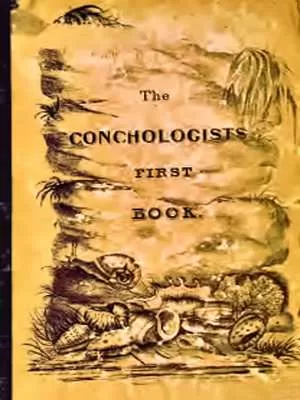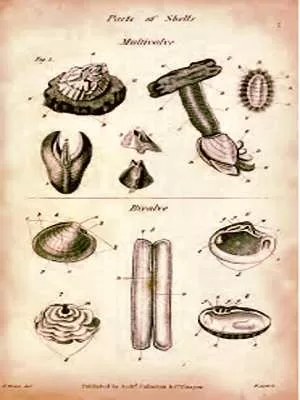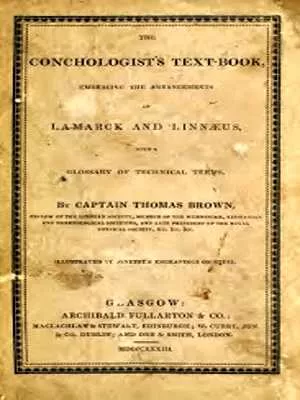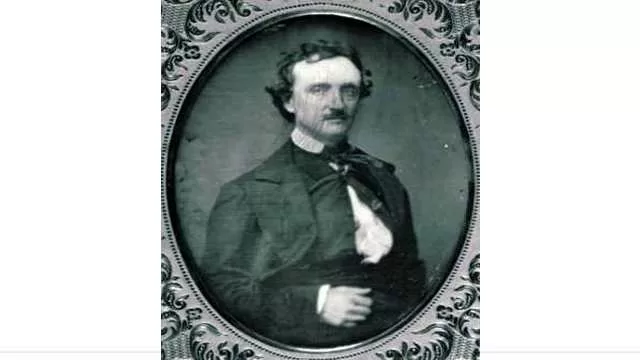Captain Thomas Brown is a somewhat enigmatic figure in the world of natural history, known primarily for his contributions to conchology—the study of mollusk shells. His journey into this field began during his time in Manchester, where he developed an interest in natural history while serving in the military.
After a failed business venture in a flax mill, which tragically burned down before he could insure it, Brown turned to writing as a means of making a living. He eventually became the curator of the Manchester Museum, where he continued to explore his passion for nature.
Despite his contributions, little is known about Brown’s life outside of his published works. As noted by C.D. Sherborn in the Proceedings of the Malacological Society of London, “Captain Brown’s history is so imperfectly known that it would be difficult to string together any running story.” This lack of contemporary references is striking, especially considering that his works, particularly The Conchologist’s Text-Book, published in 1833, were significant in their time. The book aimed to synthesize the classifications of renowned naturalists like Lamarck and Linnaeus, but Brown’s approach has been criticized as more of a “borrowing without asking” than genuine scholarship.

Brown’s work has been described as a form of literary piracy, a term that seems ironic given that his own writings were later paraphrased and repackaged by others. For instance, in 1838, Thomas Wyatt published A Manual of Conchology, which closely mirrored Brown’s descriptions, often rearranging his words without proper attribution. This raises questions about the ethics of scientific writing and the fine line between inspiration and plagiarism.
To illustrate this point, consider Brown’s description of the Prickly Ranella: “Ovate, depressed, with acute, short, distinct, muricated tubercles; fawn-coloured; varices lateral, with elongated spines; beak sulcated; outer lip internally crenated. Two inches and an eighth long. Inhabits the Indian ocean.” Wyatt’s version is strikingly similar: “Species of which the varices have elongated spines; beak sulcated; outer lip internally crenated; acute, short, distinct muricated tubercles; fawn coloured.” The similarities are undeniable, leading to the conclusion that Wyatt’s work was, at best, a paraphrase of Brown’s original text.
The literary intrigue doesn’t stop there. In a twist of fate, Edgar Allan Poe became involved in the conchological world through Wyatt’s subsequent publication, The Conchologist’s First Book. To circumvent copyright issues with his original publishers, Wyatt enlisted Poe to write the introduction and translate French passages from Cuvier. This book was marketed as a more accessible version of Wyatt’s earlier work, but it also contained significant portions of Brown’s text, often copied verbatim.

Poe was paid a flat fee of $50 for his contributions, and the book sold out quickly, becoming the only one of his works to go into a second edition during his lifetime. However, when the similarities between Poe’s edition and Brown’s original became apparent, Poe threatened legal action, claiming that he had merely edited and improved Wyatt’s text. He argued that his involvement was intended to enhance the work’s appeal and accessibility to a broader audience.
This situation raises important questions about authorship and the ethics of scientific writing. Stephen Jay Gould, in his essay “Poe’s Greatest Hit,” defended Poe, suggesting that his editorial work improved Wyatt’s technical text and helped popularize science in America. While Gould’s perspective is valuable, it also highlights the complexities of attribution in scientific literature. As Wilson Mizner famously quipped, “If you steal from one author, it’s plagiarism. If you steal from many, it’s research.” This statement encapsulates the often murky waters of literary and scientific borrowing.

In the end, Captain Thomas Brown’s legacy is a fascinating study of the intersections between natural history, literature, and ethics. His contributions to conchology, while significant, are overshadowed by the controversies surrounding authorship and the appropriation of ideas. The story of Brown, Wyatt, and Poe serves as a reminder of the importance of proper attribution in all fields of study, particularly in an era where the sharing of knowledge is more accessible than ever.
As we reflect on Brown’s life and work, it becomes clear that the world of natural history is not just about the study of the natural world; it is also about the narratives we create around those studies. The complexities of authorship, the ethics of borrowing, and the impact of these dynamics on scientific discourse are all crucial elements that shape our understanding of history and knowledge. In this light, Captain Thomas Brown’s story is not just a tale of a naturalist; it is a cautionary tale about the importance of integrity in scholarship.

